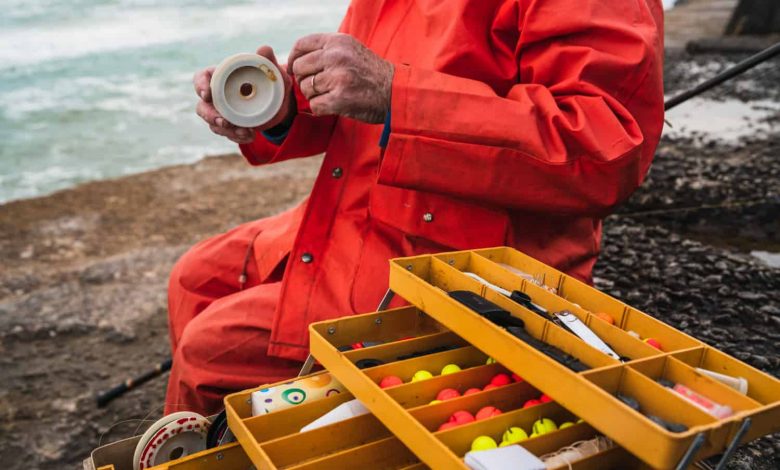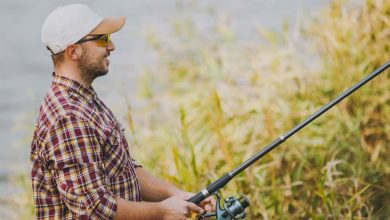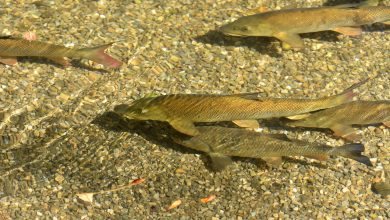How to Use Fishing Weights

Fishing weights are one of the most important pieces of tackle that an angler can have. They are used to help cast your line further and keep your bait where the fish are biting.
In this article, we will be discussing the different types of fishing weights and how to use them properly.
Types of Fishing Weights
There are many different types of fishing weights available on the market today. The most common type is the egg weight.
Egg weights are small, round, and have a hole in the middle so they can be easily attached to your line. Another popular type of weight is bullet weight.
Bullet weights are long and slender, and they help to create a more natural presentation for your bait. Bass anglers also use slip sinkers, which slide onto the line and can be adjusted to reach the desired depth.
When choosing a fishing weight, you will also need to consider the size of the weight and the desired depth that you want to fish at. The size of the weight will determine how far you can cast your line, and the deeper you want to fish, the heavier the weight should be.
Using Fishing Weights Properly
Now that we have covered some of the basics, let’s discuss how to actually use fishing weights properly. The first thing you need to do is choose the appropriate size weight for the depth that you want to fish at.
If you are using an egg weight, attach it to your line by threading it through the hole in the middle of the weight. For bullet weights and slip sinkers, you will need to tie a small loop in your line so that the weight can be slid on and off as needed.
Next, you need to determine how far you need to cast your line. This will vary depending on where you are fishing and what type of fish you are trying to catch.
If you are fishing in open water, you will need to cast your line further out than if you were fishing in a pond or river. To determine how far you need to cast your line, place your rod’s tip on the ground and measure out from there.
Once you have determined how far you need to cast your line, add an additional 10-20 feet so that your bait has time to sink down to the desired depth before it reaches its final destination.
Conclusion
Fishing weights are an essential piece of tackle for any angler, regardless of experience level. In this article, we have discussed some of the different types of fishing weights available, as well as how to use them properly.
By following these guidelines, you will be sure to have success when using fishing weights on your next fishing adventure!




